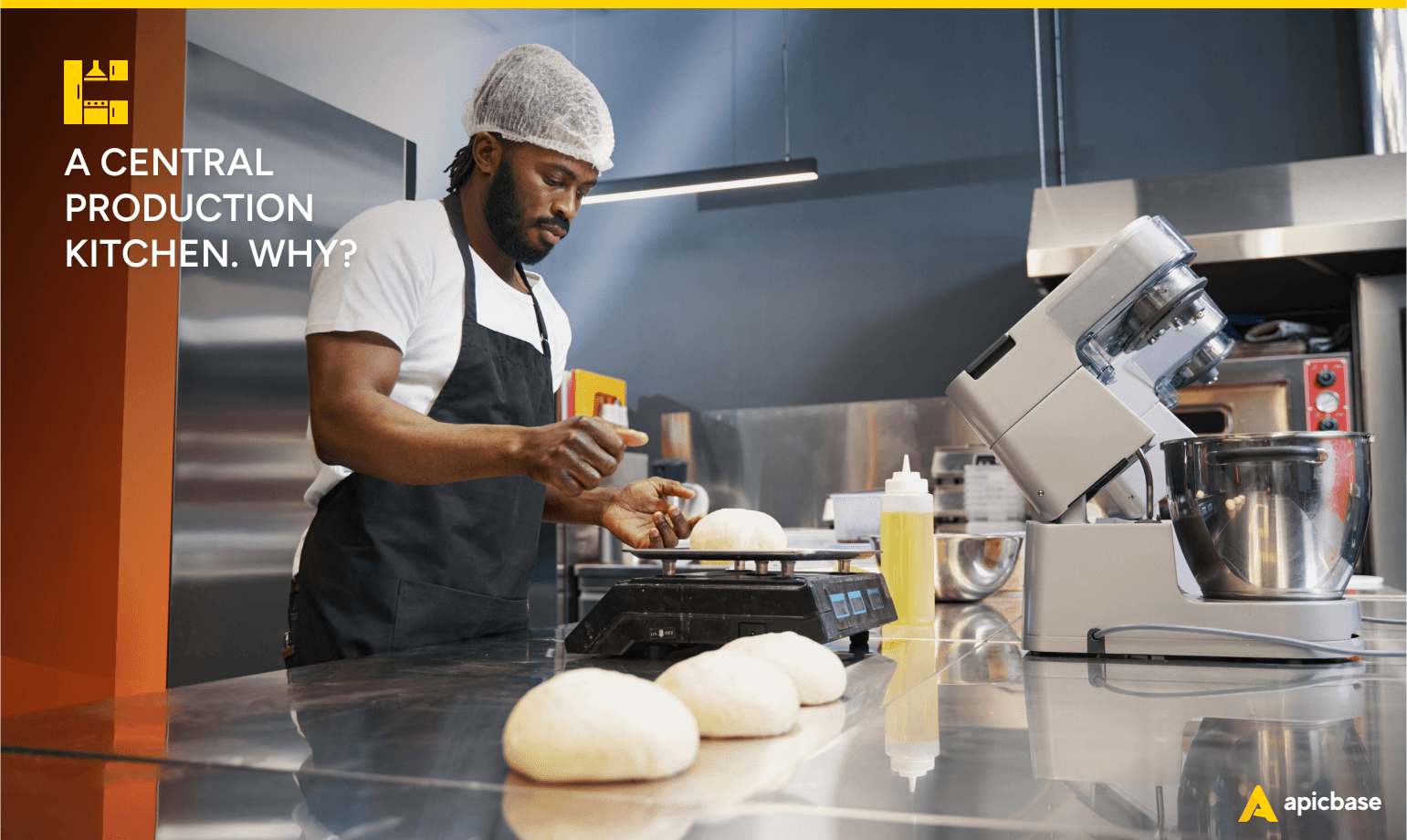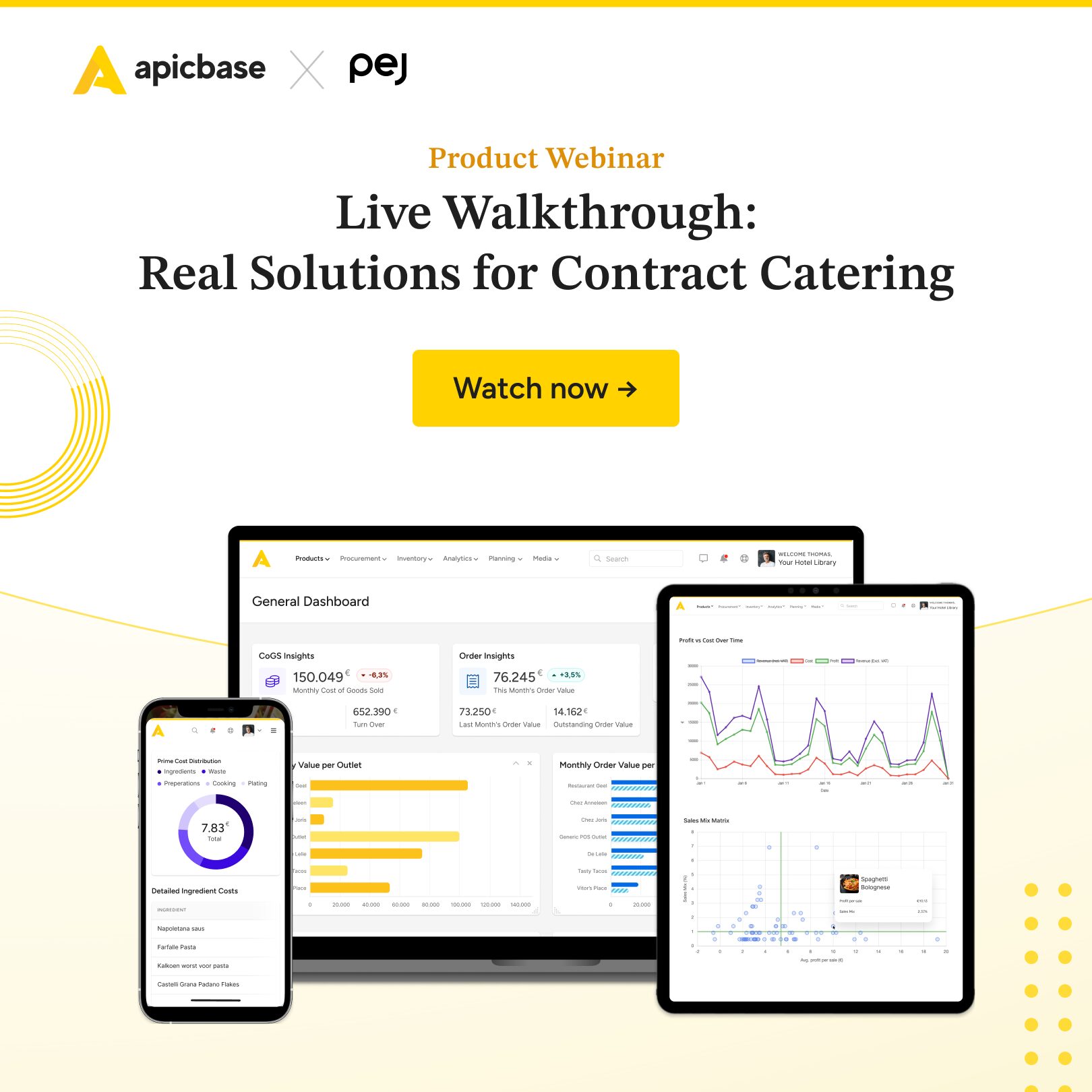Multi-unit restaurant operators continually work to reduce overhead costs, minimise food waste, and uphold brand consistency. To achieve those objectives, many restaurants have moved most food preparation to a central production kitchen.
With a central kitchen, multi-site operators can ensure consistency in food quality, portioning, plating, and production. They can also tap into new revenue sources: franchise outlets, delivery services, takeout-only concepts, virtual restaurants, and even retail ventures. This post explains how brand-driven restaurants use centralised kitchens to improve back-of-house operations, grow their business, and boost profits.
What Is A Central Production Kitchen?
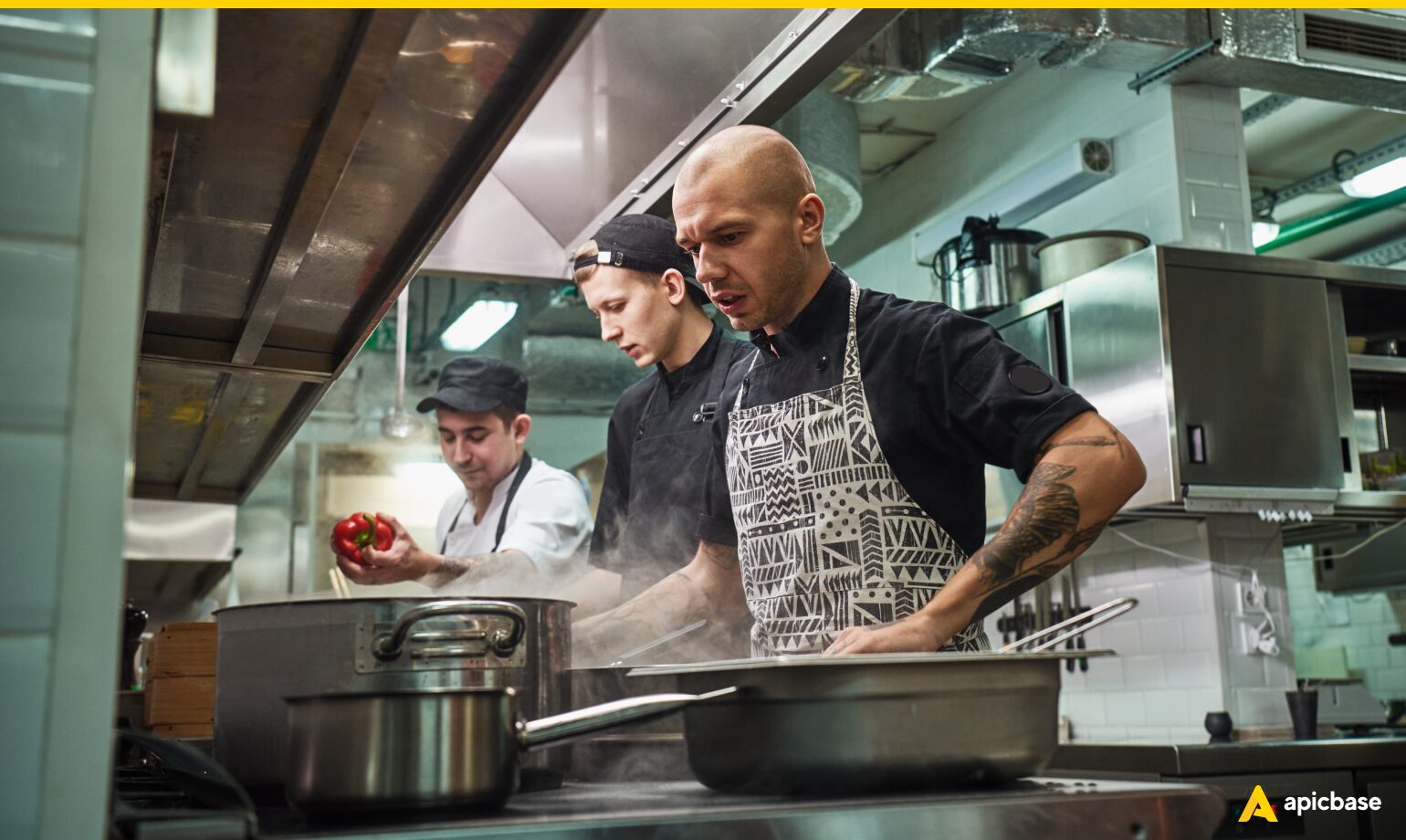
A centralised food production facility, known as a central production kitchen, is a commercial kitchen that serves multi-location restaurants and hospitality groups. Central production kitchens are commonly referred to as central kitchens, central production units (CPUs), centralised kitchens, commissary kitchens, or prep kitchens.
Central kitchens handle large-scale meal preparation, creating components or entire dishes for distribution to all restaurant units. That’s where the meals are finished, plated, and served to the customer (or prepped for delivery).
Central Kitchens: Then and Now
Institutional and large-scale hospitality companies, such as airlines, hospitals, and schools, developed the central kitchen concept to improve efficiency and minimise food waste.
Modern restaurateurs utilize central production units to implement effective food cost control systems and enhance profitability—and not just the big chains. Medium-sized companies (5-20 units) also use central production units to manage food costs and quality across all locations.
Benefits of Central Production Kitchens
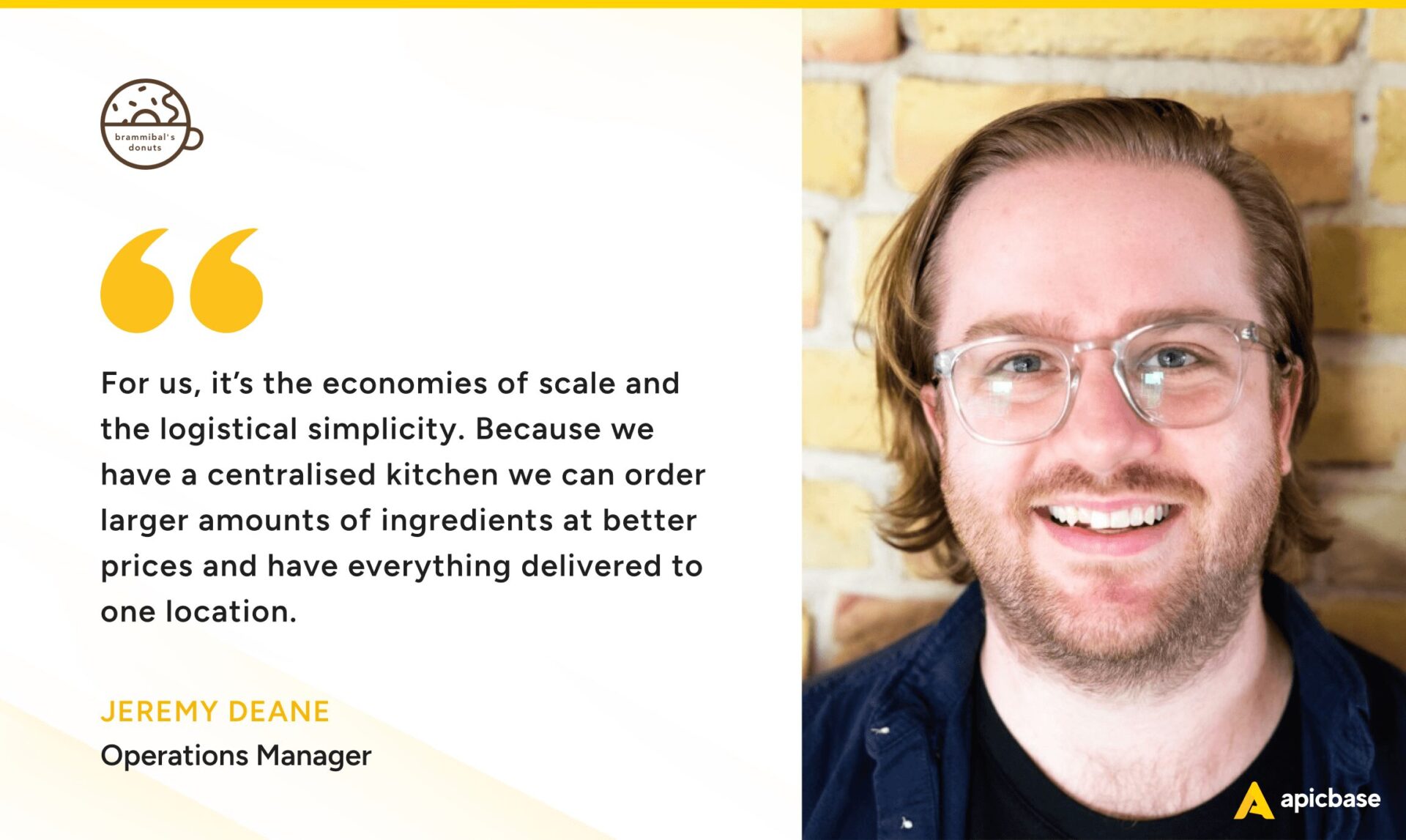
Beyond simplifying production, centralised kitchens offer numerous benefits.
Logistical gains
Restaurant profit margins are, to some degree, dependent on unpredictable supply chain variables. Buying in bulk can help offset supply chain disruptions, but multi-unit restaurants may not have the space to carry excess inventory.
A central production kitchen can store substantial inventory, facilitating bulk procurement and efficient cold chain logistics in foodservice. So you can enjoy cheaper rates for procurement, ordering raw ingredients in bulk and shipping them to a single location instead of your restaurant outlets.
“Important for us are the economies of scale and the logistical simplicity, said Jeremy Deane, operations manager at Berlin-based Brammibal’s Donuts. “Because we have a centralised kitchen we can order larger amounts of ingredients at better prices and have everything delivered to one location.”
Extra business opportunities
Implementing centralised meal prep services creates new revenue opportunities and ensures seamless integration across various concepts and locations. It’s what Tobi Lukaschek, head of business development for Irish-owned Rocket Restaurants, says was “the logical next step to expand our vertical integration and increase our businesses’ self-sufficiency.”
“As the CPU works complimentary with our already existing verticals of restaurants, off-premises food delivery, branded retail products and our own central distribution hub with a fleet of drivers & vans supplying our stores nationwide with produce and products,” he explains.
Reduced overhead costs and increased profits
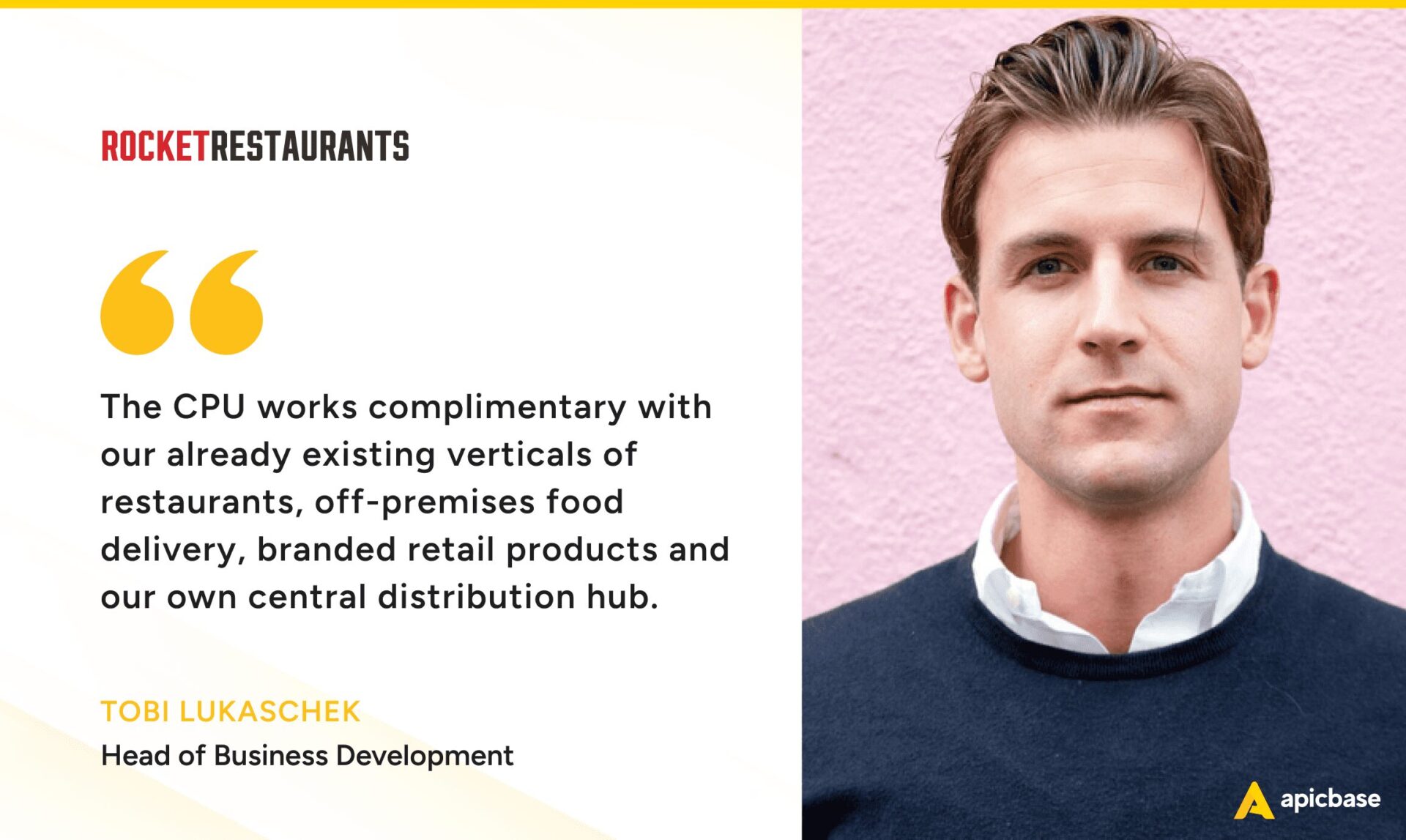
Most multi-property restaurants start looking into prep kitchens as a way to save on overhead, achieve greater efficiency, and increase profit — the ultimate goal of any F&B operator.
Consolidating operations into a centralized culinary hub can significantly reduce overheads, including labor, rent, and other operational expenses.
“Prep and par-cooking in batch comes with the advantages of streamlining various in-store operations to allow our restaurant teams and franchisees to focus even stronger on what is guest-facing hospitality and guest experience,” Lukashek said. “Not least commercially, too, a central production kitchen can make a lot of sense in consolidating overheads and driving productivity.”
Lower training and labour costs
Deane explained that the centralised production model for Brammibal’s minimises labour costs, as highly skilled confectioners and bakers only work at one location.
You save significantly on training and labour costs by moving most of your food production to a central kitchen space. With a central production kitchen, you don’t need a restaurant chef or whole kitchen crew at every location. Instead, the money you would’ve spent on kitchen staff wages can go towards hiring skilled chefs for your central kitchen.
Fewer equipment needs
With most of the food prep happening in one place, you don’t have to outfit every location with the full suite of kitchen equipment. For example, a pizza chain that produces all the dough in one kitchen doesn’t need a dough mixer at every unit.
More flexibility with commercial leasing
Many commercial spaces are too small to accommodate both FOH and BOH operations. But you don’t need as much space when you’re preparing food primarily at one location. That means you could save money on rent and have more options for establishing a footprint in new areas.
Ability to handle surges in customer demand
Small kitchens can’t handle high-volume production, which means they may fail to meet customer demand and lose business. A central food production facility can support high-volume production without straining resources.
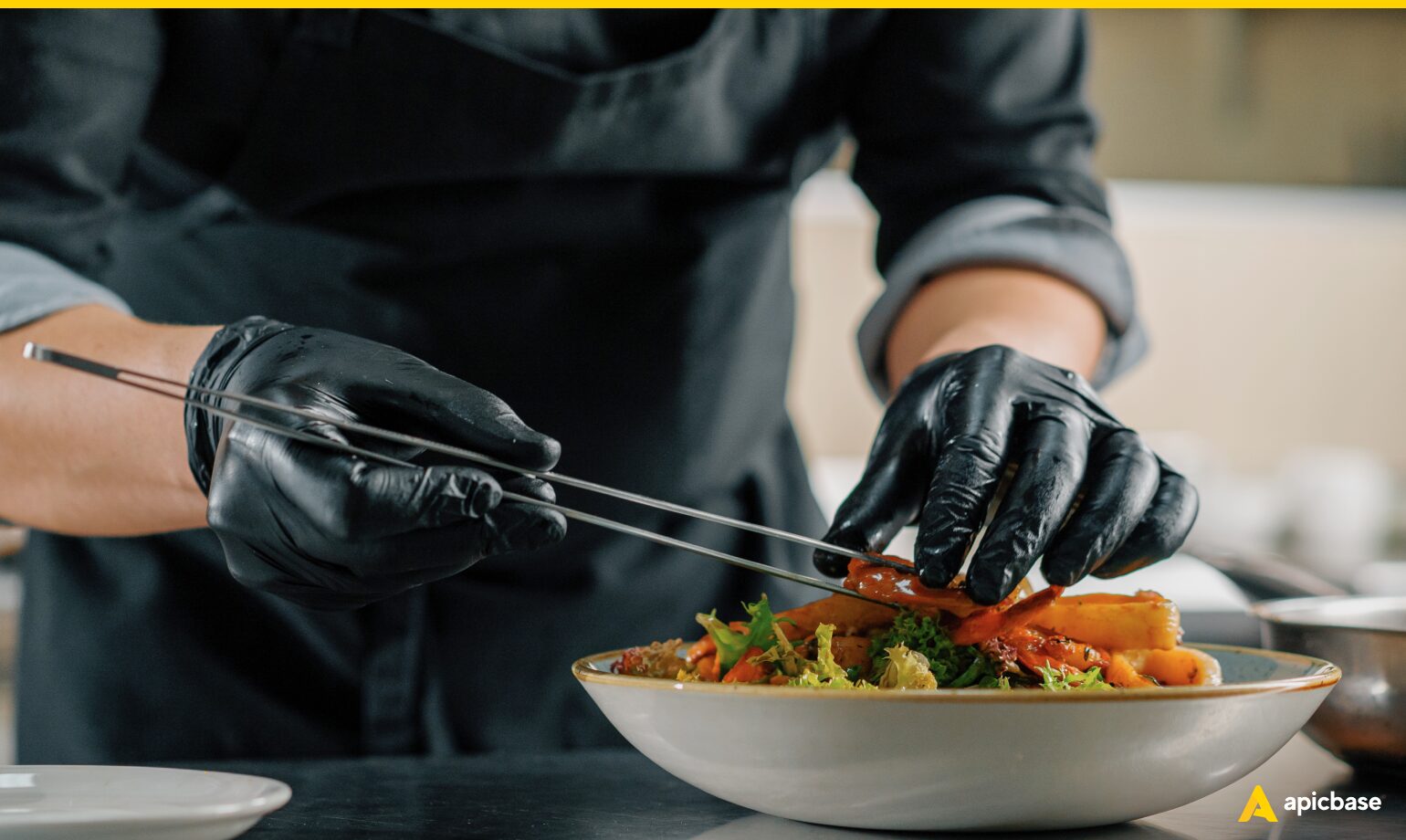
Better product consistency
Consistency is a pillar of any successful brand with multiple units, and it is especially crucial for building a restaurant franchise.
“A key driver for deciding to invest into a central production kitchen was to support our franchisees and our corporate stores with even greater produce, product & recipe consistently — by outsourcing some prep and detail-heavy processes into one central location,” Lukashek said.
While menu engineering is essential to improving brand consistency throughout your restaurants, hiring skilled chefs to prepare food in a single location is a great way to ensure consistency.
Innovation
Without the pressures of a real-time production line, a centralised kitchen space gives chefs the freedom to come up with new menu ideas and find new uses for raw materials. The ability to repurpose ingredients can improve efficiency and minimise costs.
High-volume production rates
While commercial property rental rates are high, properties typically come with limited on-site kitchen space that is often too small to meet increased production demand. This limitation can prevent your brand from expanding and reaching its full potential.
That’s where central kitchens come into play. You can design your prep kitchen to suit high-volume production and grow your operation efficiently.
Compliance with standard operating procedures
SOP compliance is another perk of using central kitchens. In a perfect world, all back-of-house operations would occur exactly as planned, but processes and standards can be hard to follow when you’re in the middle of a dinner rush and backed up on orders.
With most of the cooking happening in a central kitchen, restaurant employees in your units can focus on following the SOPs for finishing meal prep and presentation. For example, they don’t have to prepare the entire dish from scratch and are less likely to make mistakes in portion sizes. You also don’t need to develop extensive training programs for your kitchen staff because the high-level work that requires training and experience happens in your central food production hub.
How a Central Kitchen Helps You Develop Additional Revenue Streams
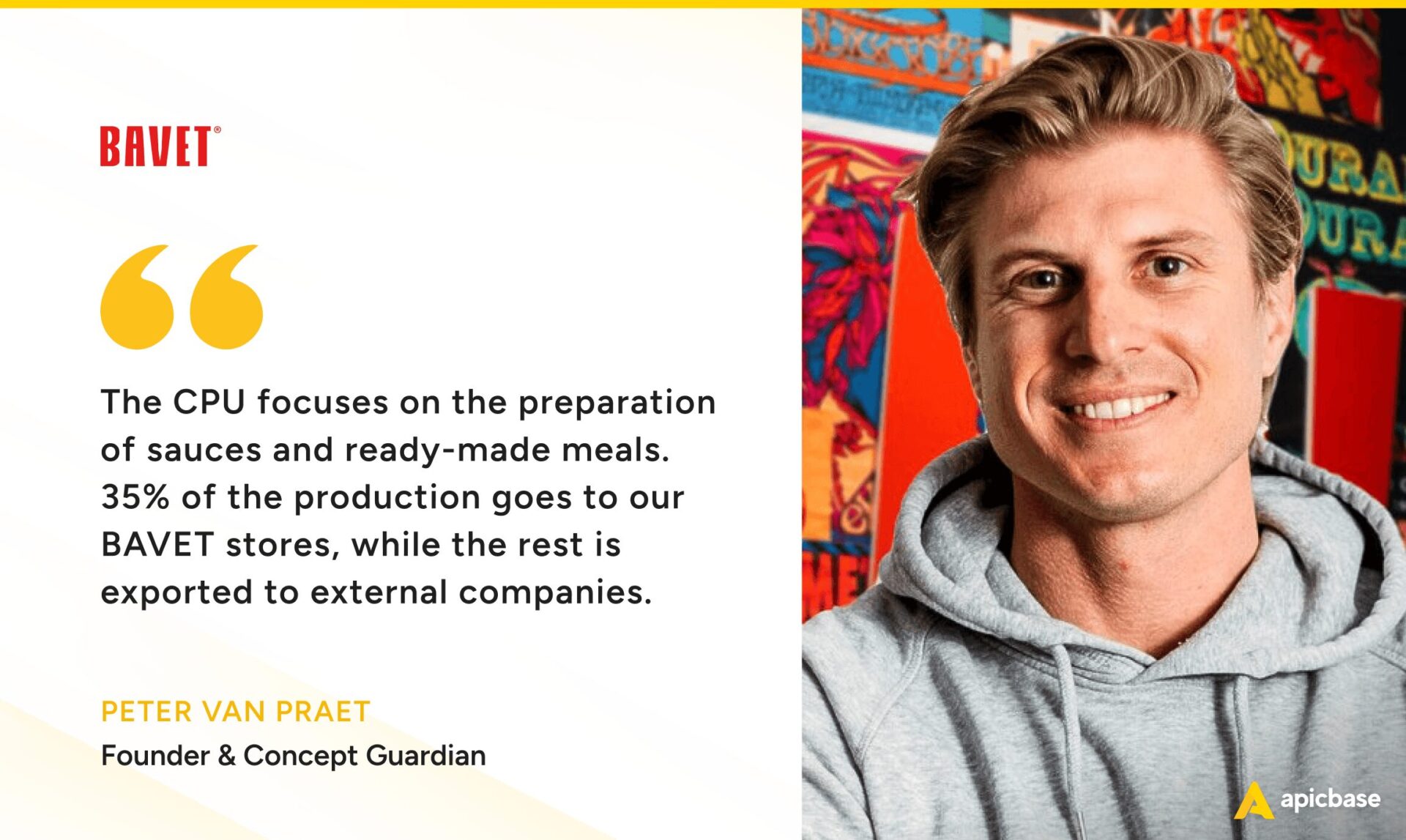
With your central kitchen producing high volumes of consistent food components and dishes, why not extend your operations beyond your restaurant locations?
Catering
Catering can increase restaurant revenue by 20% because customers place high-value orders (and often become repeat customers). Central production units open up this potential revenue stream without straining resources.
Retail and wholesale
Peter Van Praet, founder & concept guardian at Belgian multi-unit spaghetti restaurant BAVET, explained how the company uses a central prep kitchen to make and export products.
“Our production unit is an independent company run by its own manager,” Van Praet said. “It focuses on the preparation of sauces and ready-made meals. 35% of the production goes to the BAVET stores, while the rest is exported to external companies. With a production of 15 tonnes per week, the production company is quite a substantial operation in itself.”
Host kitchens
Being a host kitchen is another revenue opportunity for multi-property central kitchen owners.
A host kitchen produces products for other restaurants and may operate as a virtual brand franchise. Kitchen owners can diversify revenue by providing host kitchen services for several restaurant brands. This arrangement helps brands expand into new markets with minimal costs, so demand for host kitchens will likely continue.
Best Practices For Operating A Central Kitchen
You can certainly benefit from opening a central production kitchen to grow your multi-location F&B brand and boost your bottom line in the process.
But if you decide to go this route, you need to ensure you run your logistics as efficiently as possible.
The central production kitchen of your restaurant brand needs to be a well-oiled machine so you can swiftly produce high volumes of food and distribute them to your outlets while maintaining high consistency and quality standards.
If you take the time to set up your central kitchen step by step, you can ensure you get things right from the start.

Carefully choose your location
First, identify the right location for your commissary kitchen, depending on the restaurants or units you want it to serve. We recommend opening your central kitchen within a one-hour driving range from your outlets so that you can quickly deliver components, supplies, and dishes whenever needed.
Develop a central kitchen strategy
Keeping your ideal location in mind, start developing a solid central kitchen plan to ensure you have everything covered to create a sustainable and well-performing CPU.
When developing your strategy, you should consider the following questions:
- Does your expected workload justify setting up a commissary kitchen, or is it more logical to rent a shared or host kitchen first?
- What is your budget, and how much will your CPU cost to set up?
- Which products will you prep in the central production kitchen, and which should be cooked on-site to ensure the best customer experience?
- What equipment, layout, and storage space will your kitchen need to meet demand?
- How often will you provide maintenance, and how will you maintain a sanitary kitchen?
- Which team will run the prep kitchen, and who will liaise with the different units and your brand’s HQ?
- How will you transport your components and products to your restaurants?
- Which systems do you need to ensure all processes run smoothly, not just in your central kitchen but across all your locations?
Think about kitchen layout and workflows
To fully harness the efficiency gains of a centralised kitchen, there is no way around creating optimal workflows, and that includes designing an ideal kitchen layout.

Stephan Leuschner, foodservice industry expert and TrendTalk Master for RATIONAL AG explains: “[In a CPU] workflows can be focussed on the relevant preparations to be efficient and to have high volumes produced at the same time, [which means] full loads, full utilisation of the machinery and equipment, and of course also full utilisation of the staff,” he said. “This is only possible if you have planned the kitchen design to be optimal for the particular workflow from raw, prep, chill, to delivery in a clear, one-way process.”
Keep on top of maintenance and repairs
You could argue that this is a best practice for any commercial kitchen, and you would be right, except that the consequence of equipment failure is much greater here.
As Deane (from Brammibal’s Donuts) said: “Big kitchens mean more can go wrong, equipment breaks, your entire ability to generate revenue can be affected. So, keeping on top of maintenance and repairs is a high priority for us. Another important challenge is solid stock management, which is why we chose Apicbase’s restaurant inventory management software.”
Technology for Central Kitchen Management

Efficient SOPs, lean HR processes, and trimmed training programs are benefits of running a central kitchen. In addition, the need for fewer specialised chefs and the use of cloud-based central kitchen tech accessible to everyone turns new restaurant locations into plug-and-play units, enabling your business to grow fast and intelligently.
Apicbase streamlines orders with production and inventory.
Investing in central kitchen software is essential to ensure your central kitchen operations run smoothly. These software platforms integrate your restaurant’s operations with the prep kitchen, giving you a real-time overview of your entire F&B business.
Central kitchen software allows you to automate back-of-house flows and:
- Simplify internal ordering processing to eliminate mistakes
- Align ordering, production, and shipping to facilitate stock counts
- Automate food cost calculation
- Track real-time inventory across all units
- Monitor KPIs and communicate with your central kitchen
Central Kitchens Give Multi-Unit Restaurant Brands Unlimited Opportunities
F&B brands with multiple locations can make their kitchen operations more efficient, lean, and profitable by setting up a commissary kitchen. In addition, central kitchens offer operators business opportunities to amplify their reach in more markets.
It is essential, however, to do your homework because the initial investment remains high. To get the most out of a central production unit, you must develop a strategy and leverage central kitchen software to turn your CPU into a well-oiled production machine.
That’s where Apicbase comes in. Our platform monitors your outlets’ sales and stock levels, automates ordering, and simplifies production, intake, and shipping procedures. Apicbase also allows you to generate central production plans for batch production, considering each restaurant’s orders.

Find Your Central Kitchen Partner
Are you ready for your restaurant business to excel and keep guests coming back for great food and experiences?
We’ll be happy to show you how Apicbase can become the software partner for your central production kitchen.
FAQ
What Is The Difference Between Ghost Kitchens, Shared Kitchens, And Central Kitchens?
With so many new and not-so-new kitchen concepts making the headlines, it’s easy to lose track of what’s what.
Ghost kitchens
A ghost kitchen, also known as a dark kitchen or cloud kitchen, is similar to a commissary kitchen. Both are highly efficient central kitchen spaces where one or several menus are cooked.
However, the most significant difference is that dark kitchens prepare food for delivery only. The meals they prepare are delivered directly to end consumers, not to other restaurant outlets. Operators, therefore, mainly use ghost kitchens to increase delivery volume.
Shared kitchens
Shared kitchens, on the other hand, accommodate multiple restaurant operators under one roof.
Shared kitchen providers like Karma Kitchen, CloudKitchens, and Mission Kitchen rent out commercial co-working kitchens to start-up F&B businesses or existing restaurant brands that don’t have enough kitchen space for their off-premise orders but aren’t ready (yet) to invest in a corporate dark kitchen.
Shared kitchen spaces offer a diverse range of equipment that caters to the needs of various food service brands. Some are equipped with a large communal prep area, while others have several separate cooking stations or an assembly line.
The most significant advantage of a shared kitchen is that you only pay for it when you need and use it, eliminating the need to invest in expensive kitchen equipment or commercial real estate. In addition, the shared kitchen model provides new and growing brands an excellent opportunity to test their concept in multiple (new) markets at low risk.
Central kitchens
These kitchens are specific to one brand (although some brands may choose to offer host kitchen services at their facility).

